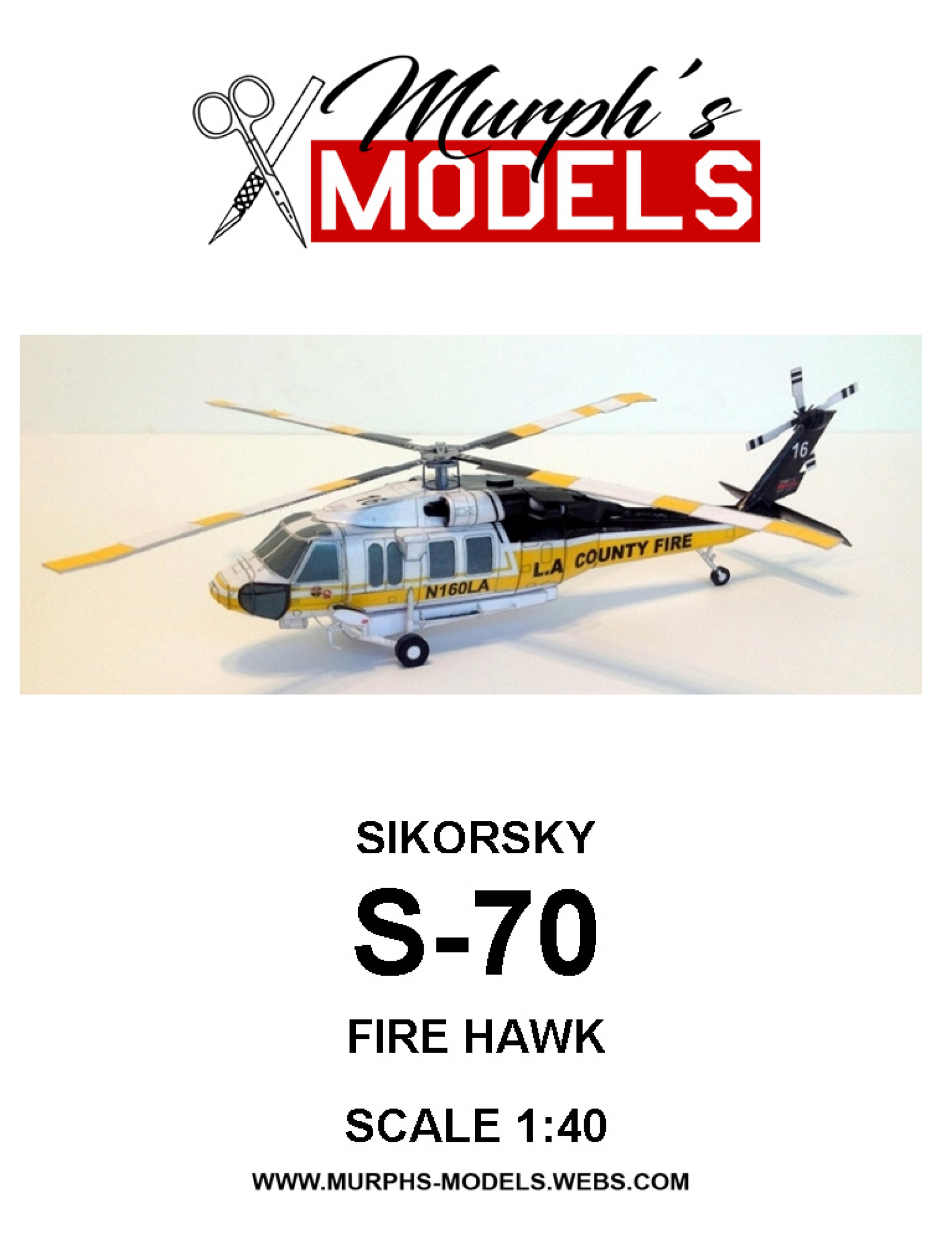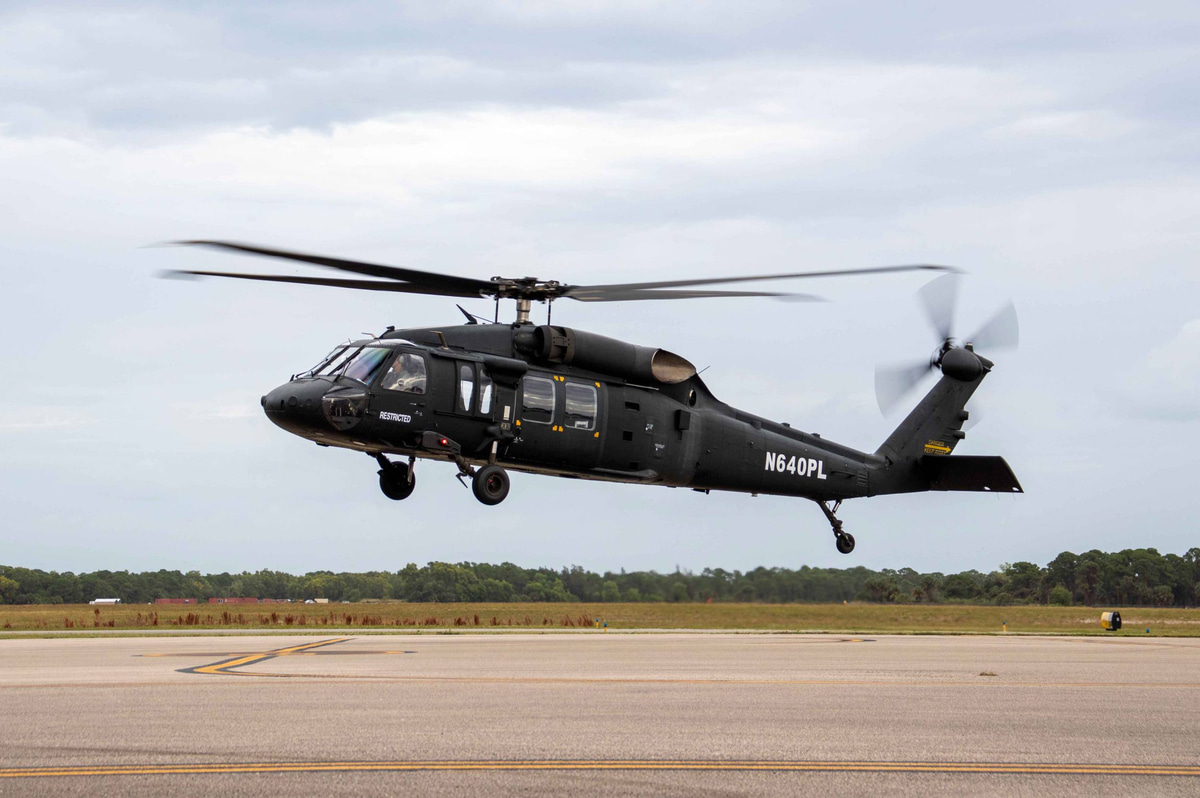Why the Sikorsky S 70 is the Preferred Option for Modern Helicopter Missions
Why the Sikorsky S 70 is the Preferred Option for Modern Helicopter Missions
Blog Article
High-Performance Multi-Role Rotorcraft Featuring Advanced Cabin Technologies and Integrated Sensor Equipments
The world of rotorcraft modern technology has actually seen remarkable developments in current times, specifically in the realm of high-performance multi-role rotorcraft furnished with innovative cabin innovations and seamlessly incorporated sensor systems. In the adhering to conversation, we will certainly discover the evolution of rotorcraft technology, delve right into the realm of advanced cockpit technologies, and analyze the ramifications of integrated sensor systems on the functional flexibility and performance of contemporary rotorcraft.
Advancement of Rotorcraft Modern Technology
The advancement of rotorcraft innovation has been noted by significant innovations in the rules of aerodynamics, materials, and propulsion systems, shaping the capabilities and efficiency of modern rotorcraft. Aerodynamic improvements have improved the efficiency and maneuverability of rotorcraft, permitting for enhanced speed, agility, and stability during flight (sikorsky s 70). Technologies in products, such as the use of composite materials and advanced alloys, have caused lighter yet stronger rotorcraft frameworks, improving general performance and durability. Additionally, improvements in propulsion systems, consisting of more powerful engines and ingenious propulsion innovations, have enabled rotorcraft to achieve higher elevations, faster rates, and greater payloads.
These improvements have not only changed the capacities of rotorcraft yet have actually additionally increased their applications throughout various sectors, including armed forces, business, and emergency situation services. The constant development of rotorcraft technology remains to drive advancement in the field, pressing the limits of what is feasible and forming the future of vertical flight.
Advanced Cockpit Innovations
Structure upon the fundamental improvements in the rules of aerodynamics, materials, and propulsion systems, the world of rotorcraft innovation currently moves focus in the direction of pioneering Advanced Cockpit Innovations. The combination of cutting-edge modern technologies within the cockpit setting plays an important duty in boosting the functional capabilities, safety and security, and efficiency of modern rotorcraft. sikorsky s 70. Advanced Cabin Innovations include a wide selection of functions created to provide pilots with boosted situational recognition, streamlined data monitoring, and user-friendly control user interfaces
Among the essential advancements in cabin style is the application of glass cabins, which change traditional analog evaluates with high-resolution display screens. These electronic systems supply personalized formats, real-time data combination, and improved readability, enabling pilots to gain access to vital information at a look. Progressed avionics systems, such as fly-by-wire controls and enhanced reality displays, are reinventing how pilots engage with the airplane, permitting for exact control and enhanced decision-making capacities.


Including sophisticated cockpit developments not only improves pilot efficiency but additionally contributes to overall goal effectiveness and safety in intricate functional atmospheres. By leveraging state-of-the-art modern technologies within the cockpit, rotorcraft makers are setting new criteria for operational excellence and mission success.
Integrated Sensing Unit Systems
With the development of rotorcraft technology, the integration of innovative Integrated Sensing unit Systems has come to be extremely important in improving operational effectiveness and safety. These Integrated Sensor Solutions incorporate a large range of innovations that provide vital information for numerous features such as navigating, security, targeting, and environmental tracking. By effortlessly integrating sensing units like radars, electronic cameras, lidar, and infrared systems into rotorcraft, operators can take advantage of boosted situational awareness, boosted goal capabilities, and minimized pilot workload.
One secret benefit of Integrated Sensing unit Solutions is their ability to gather real-time information and supply workable insights to pilots and goal drivers. For instance, advanced radar systems can find and track targets over fars away, allowing for early threat detection and efficient feedback preparation. Additionally, integrating electro-optical and infrared cams enables rotorcraft to perform reconnaissance and security objectives with precision and precision.
In significance, the combination of advanced sensing unit technologies into rotorcraft not just enhances operational efficiency but likewise contributes substantially to general objective success and team safety. As rotorcraft remain to progress, the function of Integrated Sensing unit Solution will unquestionably continue to be at the leading edge of technology in the aerospace market.
Functional Convenience and Performance
Enhancing functional convenience and performance in rotorcraft is an all-natural development from the combination of innovative Integrated try this out Sensing unit Systems. By leveraging the information and insights offered by these cutting-edge sensor systems, rotorcraft can maximize their performance across numerous objectives and settings.
Operational convenience encompasses the ability of rotorcraft to adapt to different duties and scenarios effectively. With sophisticated cockpit technologies and integrated sensor systems, rotorcraft can perfectly shift between tasks such as search and rescue, clinical evacuation, security, and extra. This flexibility enhances the rotorcraft's ability to fulfill varied operational requirements without needing comprehensive reconfiguration.
Efficiency in rotorcraft procedures is critical for optimizing objective performance and source use. Integrated sensing unit systems play a pivotal function in improving functional efficiency by giving real-time data on weather conditions, terrain mapping, target tracking, and more. This information allows pilots to make educated decisions swiftly, optimize flight courses, preserve gas, and enhance general goal performance.
Influence on Modern Aeronautics Operations

Moreover, the assimilation of sophisticated sensors assists in enhanced objective preparation and execution, enabling rotorcraft to do a large range of tasks with improved accuracy. From search and rescue procedures to airborne firefighting and regulation enforcement goals, the abilities of contemporary rotorcraft geared up with sophisticated cockpit technologies and integrated sensor systems are unmatched.
Moreover, the impact of these innovations prolongs beyond operational efficiency to cost-effectiveness and sustainability. By maximizing flight paths, fuel usage, and maintenance routines, high-performance rotorcraft outfitted with advanced cockpit technologies and sensing units add to lowering functional costs and environmental influence, making them crucial assets in modern aeronautics operations.
Verdict
To conclude, the high-performance multi-role rotorcraft with innovative cabin innovations and integrated sensing unit systems stands for a significant advancement in air travel innovation. These advancements enhance operational flexibility and performance, ultimately impacting contemporary air travel operations in a favorable method. The integration of these browse this site advanced innovations permits for improved capabilities and efficiency in numerous goal scenarios, showcasing the continued development of rotorcraft technology in the aeronautics market.
The world of rotorcraft technology has actually seen remarkable developments in recent times, specifically in the world of high-performance multi-role rotorcraft geared up with sophisticated cockpit innovations and flawlessly integrated sensor systems. From boosted mission flexibility to enhanced operational efficiency, the merging of innovative cockpit technologies and incorporated sensing unit systems has ushered in a new period of opportunities for rotorcraft applications. In the following discussion, we will certainly check out the development of rotorcraft innovation, delve into the world of advanced cabin technologies, and check out the effects of incorporated sensor systems on the operational versatility and efficiency of modern rotorcraft.

Report this page